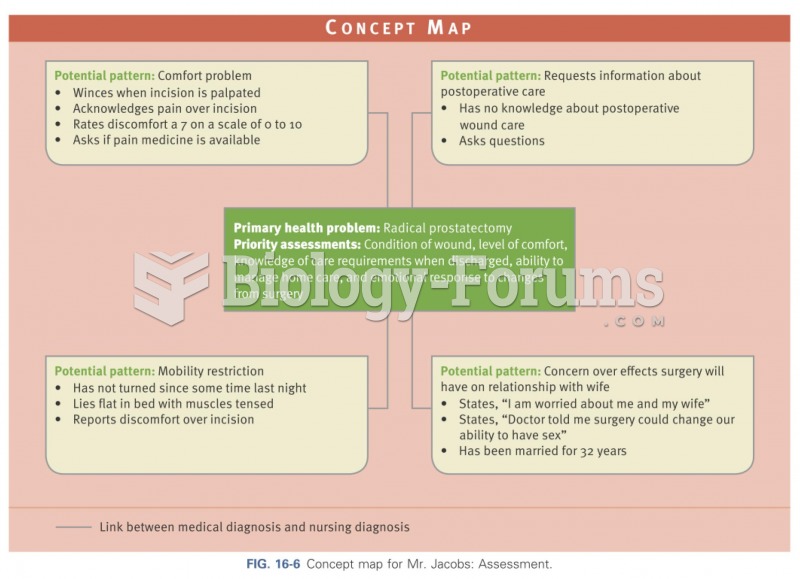Answer to Question 1
Serious discussions have taken place for more than 30 years about granting reparations for slavery. Slavery reparation refers to the act of making amends for the injustice of slavery. Few people would argue that slavery was wrong and continues to be wrong where it is still practiced in parts of the world. Since 1989, Congressman John Conyers, a Black Democrat from Detroit, has annually introduced in Congress a bill to acknowledge the fundamental injustice and inhumanity of slavery and that calls for the creation of a commission to examine the institution and to make recommendations on appropriate remedies. This bill has never made it out of committee, but the discussion continues outside the federal government. In 2009, Congress issued a joint resolution apologizing for slavery but it contained the specific disclaimer that nothing in the resolution authorized or supported any claim against the United States.
From every direction, the historical and social significance of slavery has been marginalized.
Just prior to the 150th anniversary of the Civil War, various southern organizations and political leaders spoke of the need to not forget the Civil War and the bravery of the soldiers. However, many of the statements created a measure of controversy because they make no mention of slavery and suggested that the Confederacy was formed primarily because those states wanted the right to have more control over their affairs and not be subject to federal laws. In 2010, Virginia Governor Bob McDonnell designated April as Confederate History Month without mention of slavery. A 2011 national survey showed 25 percent of White people sympathize more with the Southern states than the Northern states looking back on the Civil War. Given the unease with which most people think of our nation's history of slavery, it is no surprise that national recognition of the Sesquicentennial (150th anniversary) of the Civil War was limited to the issuance of commemorative postage stamps.
Answer to Question 2
Answer: B







